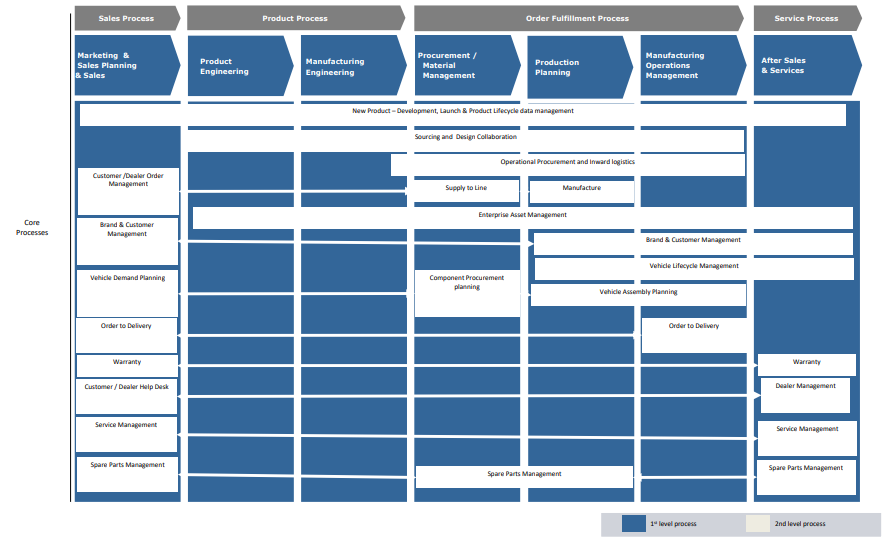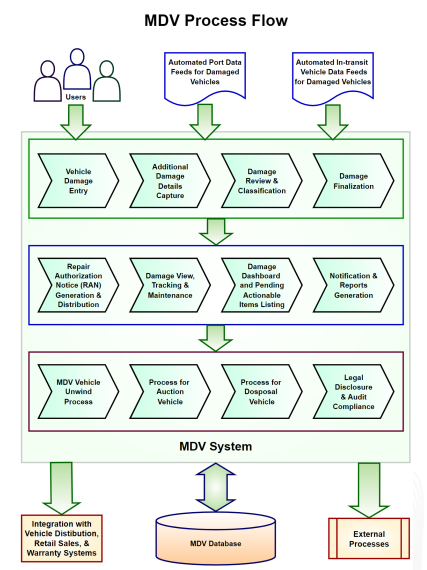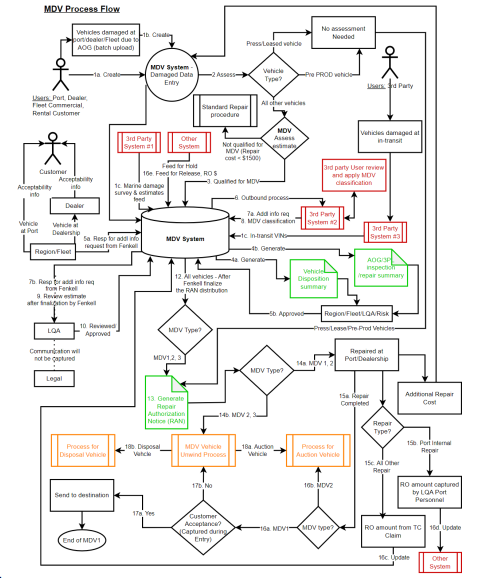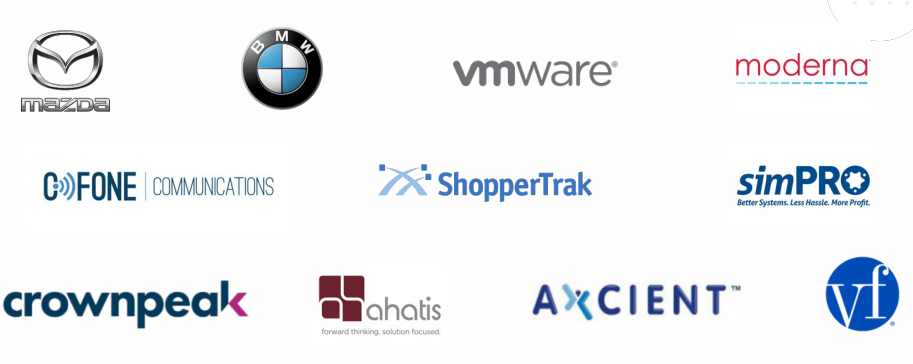Recent Case Study
Major Damaged Vehicles System Implementation

Executive Summary
The client for this case study is a Tier 1 global automotive manufacturer and seller in the USA. This case study is from our experience for a marquee Automotive account of InterraIT in the sub-domain of After-Sales Dealer Operations Management. Automotive companies often faces challenges when brand new vehicles are damaged during transportation from the factory or ports to dealerships or fleet customers. This damage can occur due to various factors, including accidents, natural calamities like hailstorms, floods or mishandling during transportation. Managing damaged vehicles are crucial to minimize financial losses and maintain customer satisfaction. By implementing real-time monitoring, automated alerts, efficient repair workflows, and data-driven decision-making processes, automotive companies can minimize financial losses, enhance customer satisfaction, and improve overall operational efficiency.
Domain Map

Business Objective
The purpose is to expedite the processing and shipment of Major Damaged Vehicles to destination in an effort to reduce inventory costs, increase customer satisfaction, and fulfil legal-disclosure & JSOX requirements. This is to be accomplished through the automation of manual process steps, record keeping, reporting and performance tracking & measurement.
Business Challenges
- All of the steps to manage Major Damaged Vehicles (MDV) were manual.
- Required involvements from multiple departments (Region, Fleet, Distribution, Accounting, Risk, LQA, Warranty, Port, Dealerships, etc.) along with third-party vendors.
- Departments were exchanging information (e.g. documents, photos, etc.) over emails.
- All the approval workflow processes were manual.
- Involvement of multiple third-party vendors needed to perform specific sets of activities in the overall processing workflow.
- Overall processing time to complete the workflow was very high which had a direct impact on the financial loss and customer satisfaction.
- Existing processes were unable to meet the different legal disclosures and audit compliances.
- Existing processes did not have any performance measurement and reporting capabilities.
MDV Process Flow

MDV Process Flow #2

Solutions Provided by InterraIT
- Implemented an automated Major Damaged Vehicles (MDV) system to reduce manual tasks, ensure accurate processing, enhance process efficiency, as well as provide performance visibility, measurement, and reporting.
- Collection of the customer acceptability by Region and Fleet got captured at an early state of the workflow which enabled the rerouting (disposition) of MDV vehicles efficiently without going through the previous MDV re-processing, re-classifications along with additional delay, in case of a vehicle rejections by customers at a later state.
- Created an application that includes user-friendly record retention, a repository at the record level, and raw data files to meet JSOX compliance requirements and support reporting and BI analysis.
- Mobilize, automate, auto generate, distribute, feed, escalate, and monitor necessary communications for MDV units ensured timely processing that resulted in increased shipment-speed to destination and reduced inventory costs at Ports, Railheads, and Customer.
- Ensured the comprehensive reporting and optimized disclosure of repair costs and detailed information about all MDV and damaged vehicles to dealers and relevant parties.
- Replaced previous manual MDV interactions with new MDV system.
Technology Stack Used
- Programming Language: Java 8, JSP
- Framework: Spring 5.3.12
- Scripting Language: JavaScript, Ajax
- UI Framework: Bootstrap, CSS
- Database: UDB 11.5
- Application Server: WebSphere Application Server 8.5.5
- Operating System: Windows 10/11
- IDE: IBM Rational Application Developer 9.
Our Unique Approach

Our Technology Stack

We are Trusted by Top Brands
